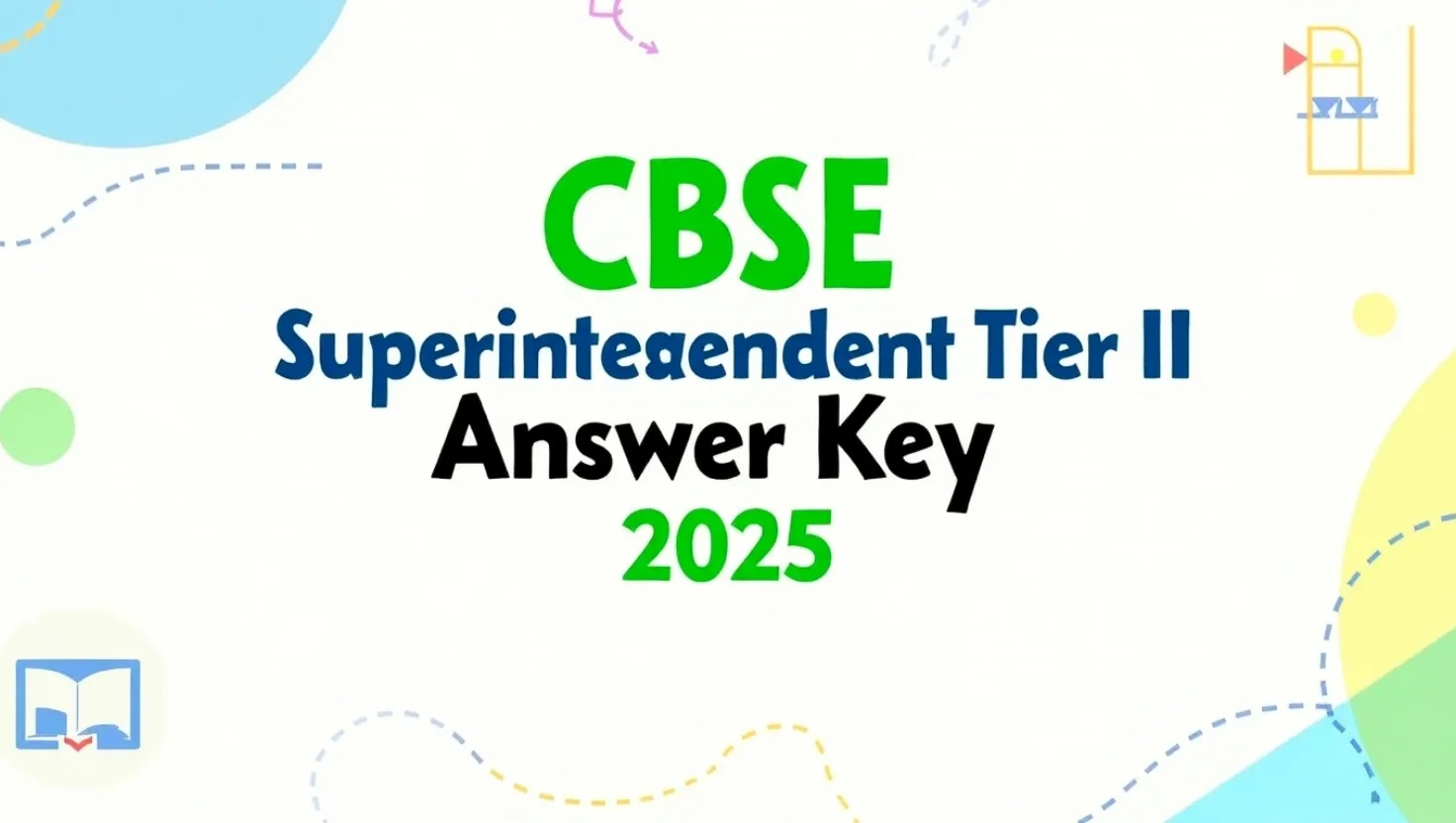The JEE Main 2015 Paper I (Set A), conducted on 4th April, was part of the offline pen-and-paper based mode of the national-level engineering entrance exam. The paper included 90 multiple-choice questions divided equally among Physics, Chemistry, and Mathematics, carrying a total of 360 marks. Each question had four options, with one correct answer, and there was negative marking for wrong answers. The structure and difficulty level of this paper closely resembled the pattern followed in recent JEE sessions.
I’m writing about this specific paper because solving previous year questions is one of the most reliable ways to prepare for JEE. The 4th April 2015 Set A paper had a balanced level of difficulty and gave equal weightage to conceptual understanding and application-based problem-solving. Many coaching centres still use this paper during practice sessions. If you’re currently preparing for JEE Main, attempting this paper can help you identify your weak areas, get comfortable with time-bound solving, and refine your strategy. It’s a solid self-assessment tool that helps you get exam-ready without guessing what kind of questions might come.
Paper Pattern and Structure
Here’s a quick overview of how the Set A paper was structured:
- Total Questions: 90
- Subjects Covered: Physics (30), Chemistry (30), Mathematics (30)
- Total Marks: 360
- Question Type: Multiple Choice Questions (MCQs)
- Marking Scheme: +4 for each correct answer, -1 for each wrong answer
- Duration: 3 Hours
- Mode of Exam: Offline (Pen-and-paper based)
Subject-Wise Analysis
Physics
Physics had a mix of theory-based and numerical questions. Some of the key chapters included:
- Electrostatics and Current Electricity
- Ray Optics and Wave Optics
- Laws of Motion
- Thermodynamics
- Electromagnetic Induction
The difficulty level ranged from moderate to difficult, with numericals requiring precise calculation.
Chemistry
This section was generally considered the easiest among the three. It focused heavily on NCERT-based concepts. Chapters covered included:
- Organic Chemistry – Reactions, Mechanisms, IUPAC naming
- Physical Chemistry – Thermodynamics, Equilibrium, Solutions
- Inorganic Chemistry – p-block elements, Periodicity, Coordination Compounds
Students with good command over NCERT textbooks scored well in this section.
Mathematics
Maths was again the lengthiest section for many students. The questions were conceptually strong and calculation-heavy. Key topics were:
- Calculus – Limits, Continuity, Integrals, Differential Equations
- Algebra – Complex Numbers, Probability, Matrices and Determinants
- Coordinate Geometry – Parabola, Ellipse, Straight Lines
- Vector and 3D Geometry
Time management was crucial while solving this section.
Benefits of Solving JEE Main 2015 Set A
Here’s why this paper is still useful for practice:
- The difficulty level is aligned with current trends
- Helps in revising core concepts under exam pressure
- Acts as a timed mock test to improve speed and accuracy
- Includes a balanced mix of memory-based and application-based questions
- Gives insights into the weightage of topics in real exams
Students preparing for the upcoming JEE sessions can benefit immensely by solving this paper under exam-like conditions.
Download PDF
You can download the JEE Main 2015 Set A (4th April) question paper along with the answer key using the link below:
Click here to download JEE Main 2015 Set A PDF with Solutions
(Link will be updated as soon as the official download is available)
Final Words
If you are someone who believes in preparing smart along with studying hard, then solving papers like JEE Main 2015 Set A is a must. It’s not just about checking your speed, but about understanding where you tend to make mistakes. After solving this paper, make sure to analyse each question, especially the ones you got wrong or skipped.



















